Tapping might sound like some quirky self-help trend, but it’s actually a technique rooted in both psychology and acupressure.
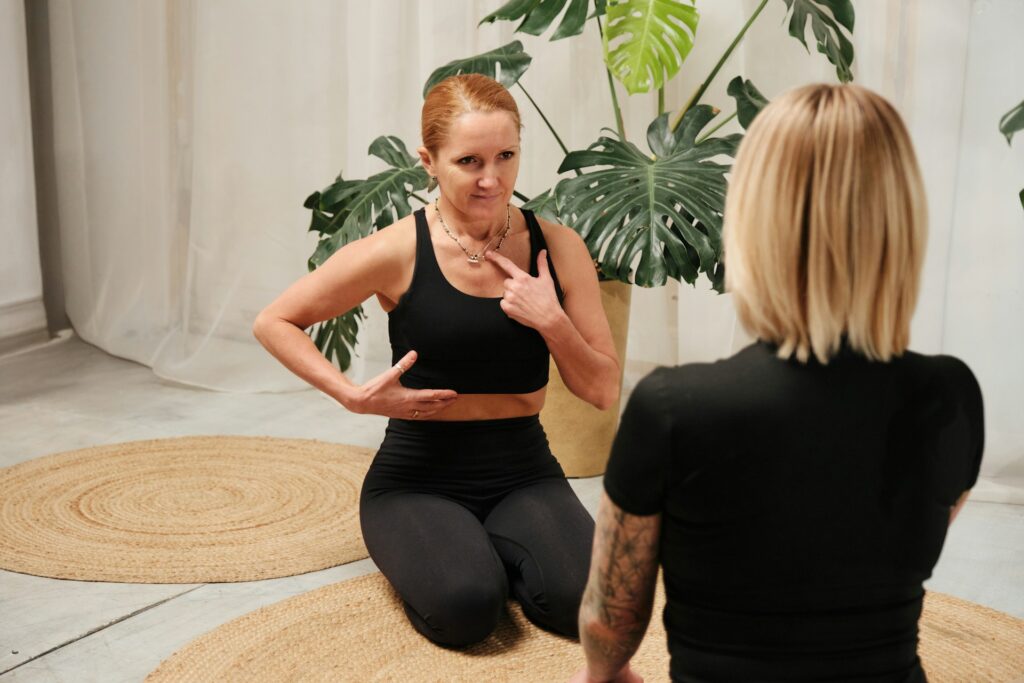
Not only that, but it’s actually been helping people change everything from anxiety to chronic stress. Also known as EFT (Emotional Freedom Technique), tapping involves gently tapping on specific points on the body while acknowledging difficult thoughts or feelings. It’s weirdly simple, and surprisingly effective. Here’s what it actually does, how it works, and why more people are turning to it for emotional relief.
1. It’s basically acupressure for your emotions.
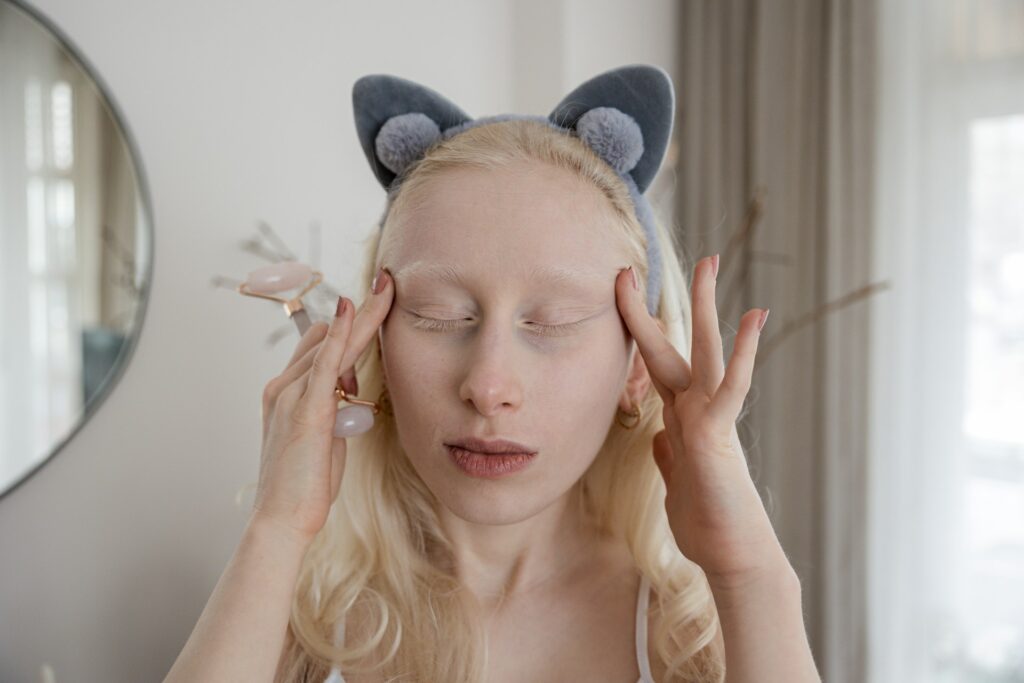
At its core, tapping combines ancient Chinese medicine with modern psychology. You tap on specific meridian points (like the top of the head, side of the eye, collarbone) while voicing thoughts, fears, or memories. These points are believed to help regulate the body’s energy system.
The idea is that you’re not just talking about your feelings—you’re physically calming your nervous system while doing it. That combo helps your body and brain process stress more efficiently than talking alone.
2. It reduces the stress response in real time.

One of the most immediate effects people notice during tapping is a sense of calm. Research shows that tapping can lower cortisol (the stress hormone), often within minutes of starting a round. If you’ve ever had anxiety that felt like it hijacked your whole system, tapping helps bring the body back into safety. It gives the brain a new signal: you’re not in danger anymore.
3. You don’t need to believe in energy healing for it to work.

Tapping sometimes gets lumped in with the “woo-woo” stuff, but there’s actually a growing body of clinical research backing it. It’s been used effectively for PTSD, anxiety, depression, phobias, and emotional overwhelm. Even if you don’t fully buy into the energy meridian model, the act of combining touch with cognitive processing still has a measurable, calming impact on the nervous system.
4. It works by acknowledging what’s hard, not avoiding it.

Unlike affirmations that try to overwrite your fears with positivity, tapping asks you to face the truth of what you’re feeling. You start with statements like, “Even though I feel anxious, I deeply accept myself.” That honesty is powerful. It teaches your brain that you can handle discomfort without going into panic or shutdown. That’s where the emotional shift really begins.
5. It’s like a form of emotional decluttering.

Tapping is especially helpful when you feel emotionally “full,” like you’re carrying too many thoughts, too much fear, too many what-ifs. It gives you a structured way to release the noise bit by bit. After just a few rounds, people often feel lighter. Not because their problems disappeared, but because the emotional static around them has eased.
6. You can use it for old emotional patterns, not just new stress.

Tapping isn’t just for what’s happening now. It can also help get rid of emotional residue from the past—things like shame, grief, rejection, or childhood wounds that still live in your system. By tapping through those memories and their emotional charge, you help your brain reprocess what happened. The memory stays, but the sting can finally start to fade.
7. It’s incredibly accessible and low-cost.

You don’t need special equipment, a professional, or even a quiet room. Once you learn the basic sequence, you can do it anywhere—on the bus, in bed, at your desk. That makes it a powerful self-regulation tool, especially during high-stress moments. There are also tons of free videos and scripts online to help guide you through it if you’re not sure where to start. No fancy gear, no appointments—just you and your breath.
8. It helps reconnect mind and body.

When you’re overwhelmed, your body and brain often stop communicating clearly. Tapping bridges that gap. It physically involves the body while emotionally involving the mind, so the two can start syncing up again. That’s one of the reasons it works well for people who’ve struggled with talk therapy alone. It helps emotional healing happen on a deeper, more integrated level.
9. You stay in control the entire time.

Tapping is completely self-directed. You choose what to focus on, what words to say, when to pause, and when to stop. There’s no pressure to share anything out loud or push past your comfort zone. That makes it especially valuable for people who find traditional therapy overwhelming, or who have trauma that needs a slower, safer pace.
10. It can change your mindset without forcing it.
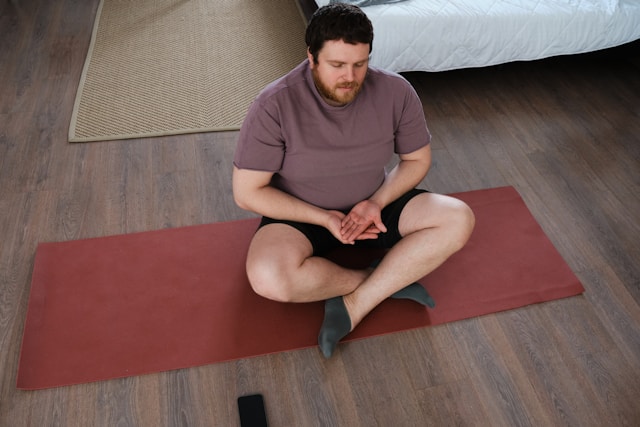
After a few rounds of tapping, people often report that their thoughts naturally soften. What started as “I’m a failure” might become “I’m figuring it out.” There’s no pressure to force a new narrative—it just emerges once the emotional charge drops. This kind of change feels more authentic than traditional positivity exercises. It’s not about pretending you feel better. It’s about actually feeling safer, so your thoughts can evolve more honestly.
11. It pairs well with other healing tools.
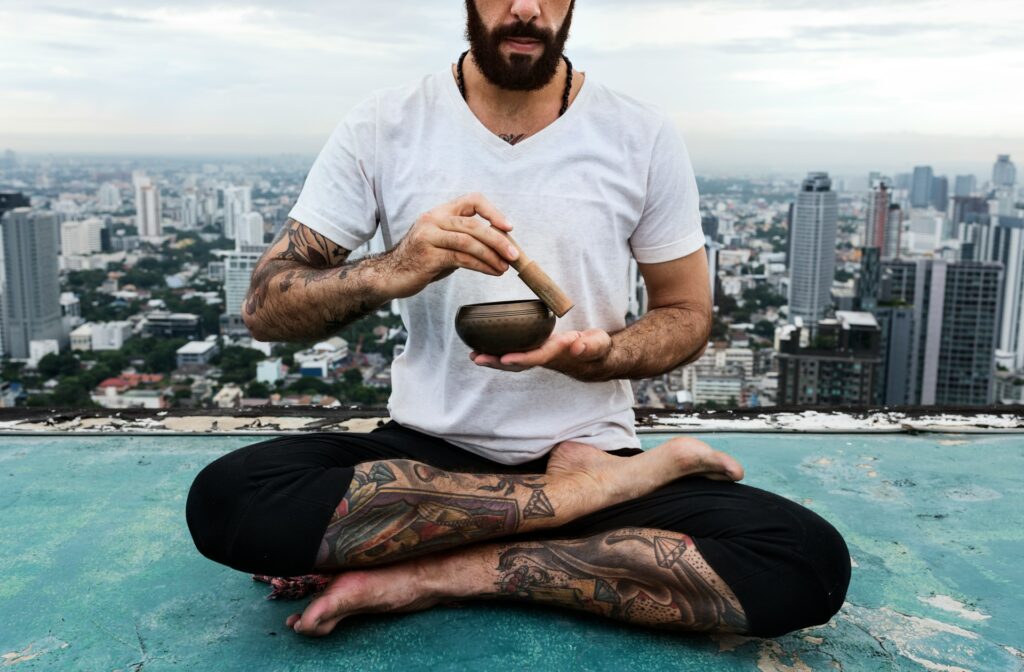
Tapping doesn’t need to replace therapy, journaling, or medication—it complements them. It’s a flexible tool you can add to your mental health routine to help manage flare-ups or process feelings between therapy sessions. It can also be useful for physical symptoms tied to stress, like headaches, muscle tension, or fatigue. Emotional and physical regulation often go hand-in-hand.
12. The weirdness wears off, especially when it works.
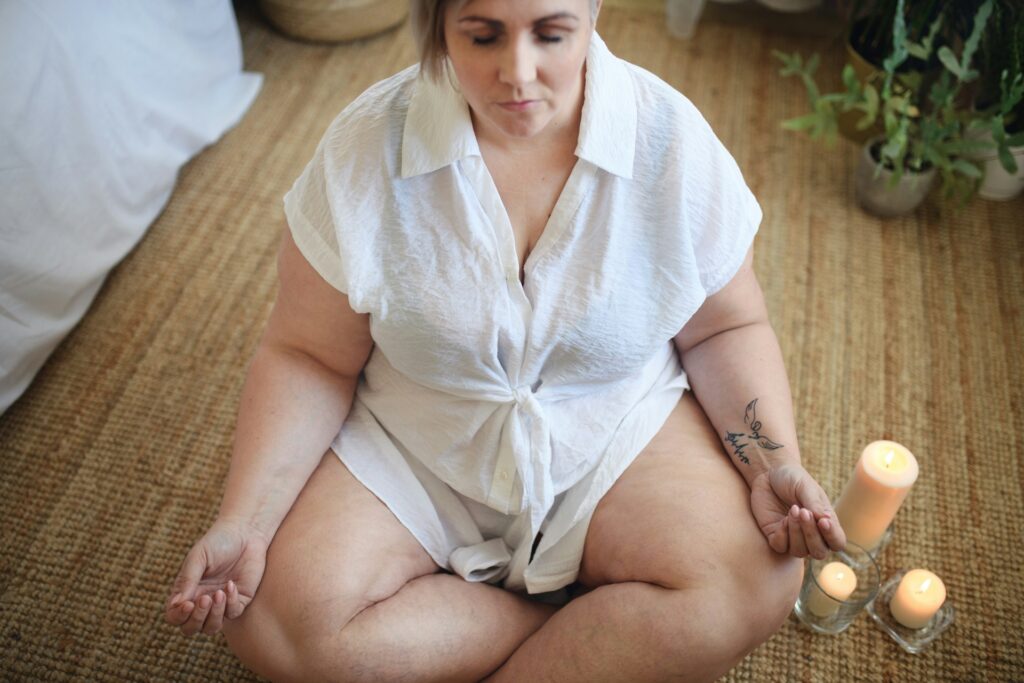
Yes, tapping on your face while saying emotional stuff out loud feels awkward at first. However, after you experience the change—when anxiety drops from an 8 to a 3 in minutes—you stop caring how it looks. For many people, that initial weirdness is a small price to pay for something that brings real relief. Once your body feels the difference, the habit starts to stick.


